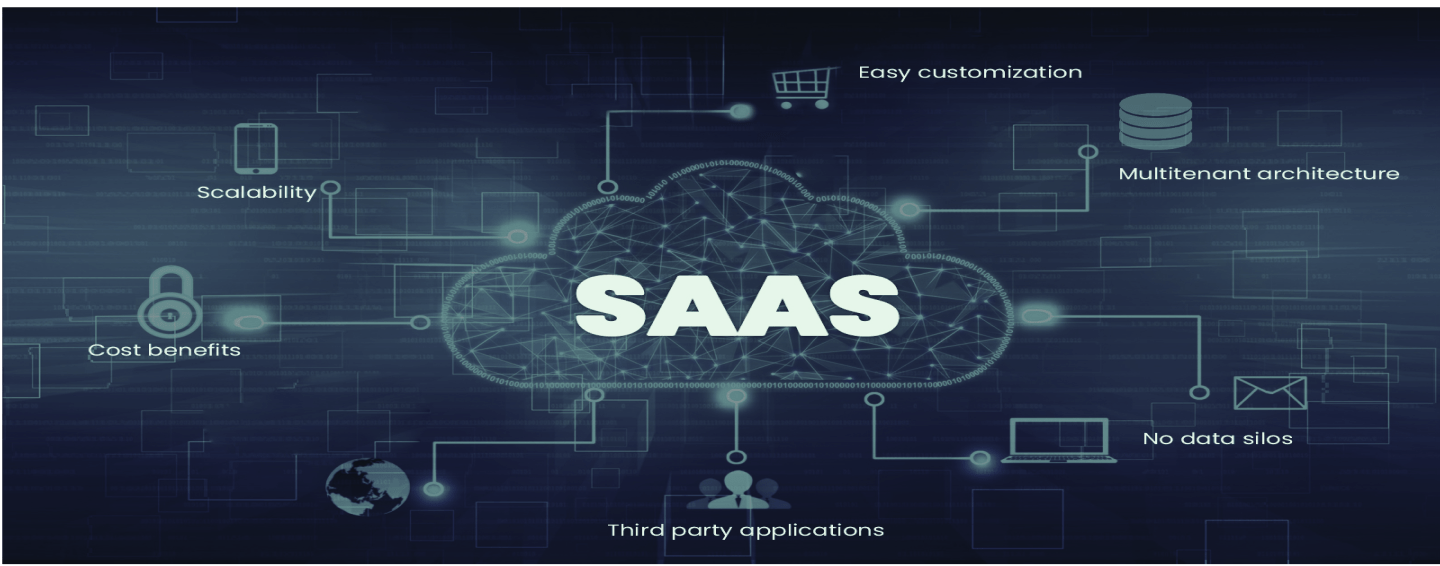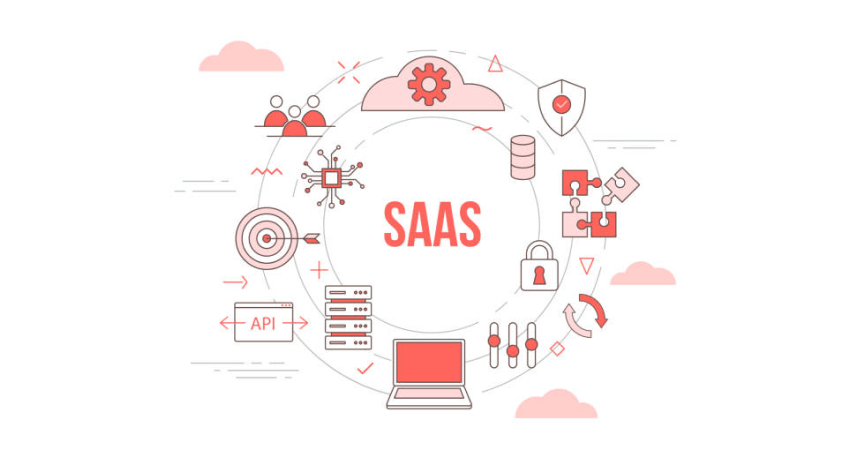

Over the last decade, the rise of SaaS has significantly transformed both the software industry and the countless businesses it serves. SaaS has swiftly become the software-delivery model of choice and preferred replacement to older, on-premise solutions as the speed of digital transformation and cloud computing has accelerated.
The technology industry attempted to adopt Software as a Service in the early days of the dot-com boom. The term for it was Application Service Providers. But the majority of ASP-based businesses failed. Sure, some, like the Great Plains accounting system (which later became Microsoft Dynamics) and Salesforce.com, have developed and thrived to become SaaS-based organizations. Others, such as BmyPC, an early desktop-as-a-service firm, Agiliti, an ASP services aggregator, and ObjectFX, an early mapping company, also survived — but not because of the ASP model.
So all of a sudden how exactly did Software as a Service (SaaS) become a major end-user platform? In order to get hold of this, we first need to understand what exactly is SaaS products.
SaaS is a software distribution system in which a cloud provider hosts applications and makes them available to end customers through the internet. In this case, an independent software vendor (ISV) may contact with a third-party cloud provider to host the application. Or, in the case of larger corporations like Microsoft, the cloud provider may also be the software provider.
Along with platform as a service (PaaS) and infrastructure as a service (IaaS), SaaS is one of the three basic types of cloud computing. SaaS products are used by a wide spectrum of IT experts, commercial users, and consumer users. The products are available for entertainment platforms, such as Netflix, as well as for complex IT tools. Unlike IaaS and PaaS, SaaS solutions are mostly offered to both B2B and B2C customers. According to a recent report by Mckinsey & Company, technology industry experts predict huge growth in the SaaS market and predict to see the market for Saas products near $200 billion by 2024.

SaaS works via a cloud delivery model. An ISV may contact a cloud provider to host the application and associated data in the provider's data centre, or a software provider may host the program and related data using its own databases, servers, networking, and computing resources. Any device with an internet connection can use the app.
Customers receive network-based access to a single copy of an application that the provider produced especially for SaaS distribution under the software-on-demand SaaS model. All clients have access to the same source code for the program, and as new features or functions are available, they are rolled out to all the customers. The customer's data for each model may be kept locally, in the cloud, or both locally and in the cloud, depending on the service-level agreement (SLA).
The construction sector is data-intensive because diverse data is regularly created as a project progresses. Data from various stages of the project is often saved on a team server or desktop, individual desktops, laptops, cellphones, and other devices. Data integration is thus essential for overall project coordination since the inability to get a comprehensive view of data frequently leads to incorrect judgments, which can cause the project to be delayed as well as have an influence on the project's performance and profitability. And because of this construction has been slow to digitize, but with the availability of helpful, cloud-based technologies, now is the perfect moment to go about it.
This is where SaaS enters the picture since it can boost productivity by offering a single collaboration platform and centralized space for documents across many locations. To complete projects on time and on budget, all parties must have access to current materials, such as surveying data, designs, quotations, and more. Contractors, construction material suppliers, project managers, and architectural companies are all keen to make use of cloud computing and software-as-a-service (SaaS). Although they aren't the most apparent uses when it comes to digital platforms, the benefits are just as plain in construction as they are anywhere else.

Let us take a look at some benefits of SaaS products that help bring a change in Civil Engineering:
MobilityConstruction workers do not stay still for long periods of time: they go on site, create an estimate, meet with a client at their office…. You've been rushing about all day and yet need to finish the work. You can't even go to work now that the Covid-19 pandemic is in the mix! This is when Software as a Service comes in handy. You may access your work and resume where you left off previously as long as you have an internet connection.
Cost ControlYou can choose to pay monthly in order to use the software, and may even stop the rental or subscription for as long as you want if you don’t need it.
Assume you're a freelance electrician. You have a lot of work and decide to hire someone. He must be able to bill your clients on the spot. Now previously, with traditional software, you'd purchase him a computer and the program, then either install it yourself or get someone to do it for you since it would take too long. But with SaaS, all you have to do is just create a new account, and he will have immediate access from his smartphone in minutes.
Reduce Water LeakageWater leakages are hard to detect, and it takes a lot of work to find and fix the leakage that is in a remote location. The most effective way to cope with this situation is to reduce the water pressure. However, altering the water flow of water for bigger cities is not as easy as it sounds, as it takes a lot of time and effort to scout the city’s entire water distribution system. That’s when the water data collected from the meter at specific time slots can play a big role. Many companies around the world provide leak-sensing sensor technology to locate leaks. This eliminates the need to search every place to find leaks, as one may use the data generated from these sensors.
SecurityWe all know the feeling: we are afraid that someone will steal our phone, or the laptop might break and we end up losing all the data: client details, invoices, projects. And even if we try to make periodic backups, it is extremely hard to keep up-to-date with so much work to do. But with SaaS, you don’t have to worry about it. All of your work is saved online on the provider's servers (that's what "on the cloud" means), and they back up your data multiple times (some firms do it every time you click save). That way, even if you lose internet access, electricity, or your PCs fail, you’ll have a backup of all your data.